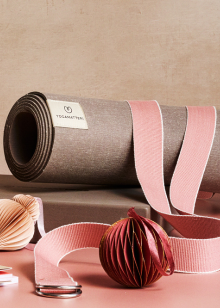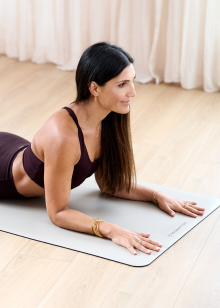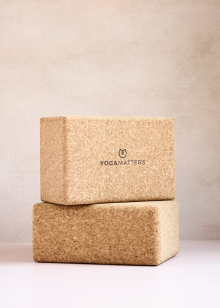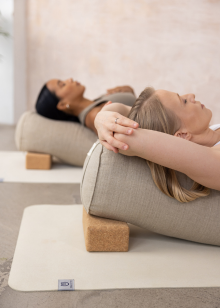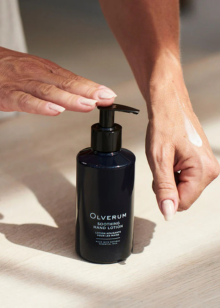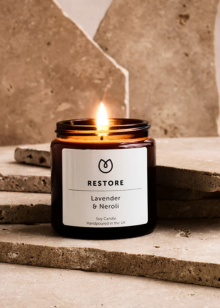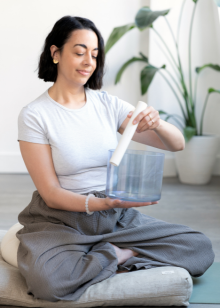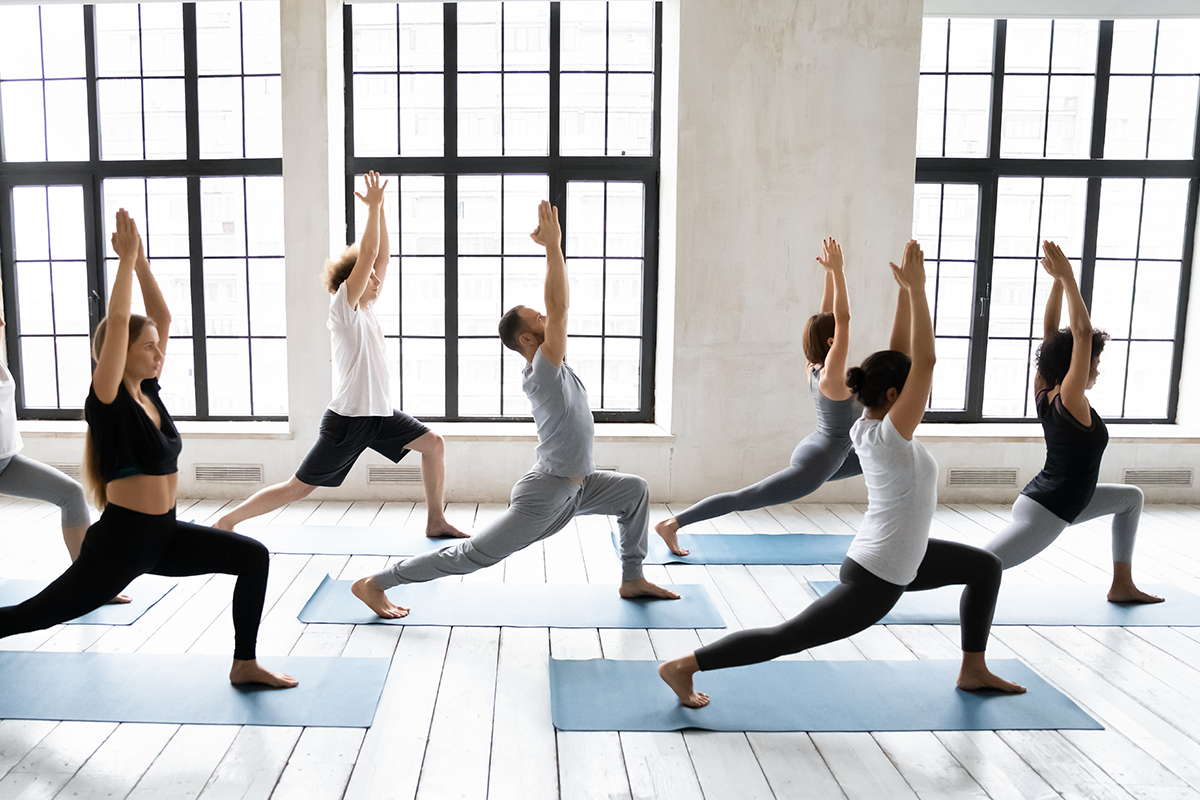There are almost endless social media platforms to choose from these days but this blog focuses on the two that are likely to be the most useful to yoga teachers; Instagram and Facebook. It’s best to concentrate your time on the platforms which will generate the best return for your business, that said, if you feel you cannot properly service more than one platform then don’t. It’s that simple. An inactive social media account or only a few posts a year could potentially to be more damaging to your brand than beneficial.
Instagram for yoga teachers:
It’s pretty impossible to ignore how popular Instagram is within the yoga community. Social media is primarily there to engage and connect with others (hence the name “social”), and Instagram mixes this with inspiration via creative imagery. Try to remember that when you are planning what content to post as constantly posting sales messages is probably not going to be what your followers are interested in. This doesn’t mean you can’t include sales messages, just try to include them as part of a broader content strategy.
It seems an obvious point but I’ll make it anyway; always write a caption to go under the copy. The platform allows you to form connections with others and this is where you can make it even more personal. To encourage comments and engagements you could try asking questions under your posts. And whilst we’re on the subject, take the time to interact with other peoples posts. This is one of the most valuable ways to make people aware of your account and getting them to follow you. The more you comment on popular posts and accounts, the more people will see your account and be curious to see what you’re about.
Don’t post on Instagram too often as people may feel spammed and unfollow your account. I recommend a maximum of once a day if you really do have something interesting and relevant to say. Instagram stories is a great tool to use to showcase more content if you do want to be more active on the platform. Stories enable you to be a bit more fun and less prescriptive with what you are posting, use them to bring more of your personal brand and personality out.
If you’re getting stuck for ideas of what to post, utilise relevant days that are popular in your community, such as International Yoga Day. Your target market are very likely to be posting and searching under this hashtag so it’s extremely relevant content.
Utilising video on Instagram is also a great idea, especially as a yoga teacher. This presents plenty of opportunities to demonstrate your skillset to your followers and potentially find new students. Consider offering free meditation sessions or 10-minute yoga flows to give something back to your current students or tempt potential students into trying out your classes.
How to use hashtags:
Hashtags can be incredibly helpful. They enable more people to see your posts as they group content together, like a type of search function. Instagram users not only follow other users but can also follow hashtags. Do a bit of research yourself and see which hashtags are popular in the yoga community by using the search function. For example, broad hashtags such as #yogapractice obtain a huge number of posts (9.4M) so are extremely popular. The hashtag #yogamum is a little more specific and has a smaller number of posts (194K) but is probably a lot more useful for you to use if you are a mum teaching postnatal yoga!
Broad hashtags are great for extending the reach of your posts but are they going to help prospective students find you? Probably not, unless you solely focus on teaching yoga online. Far more localised and specific hashtags are the key to this. For example, a quick search using the hashtag #salisburyyoga brings up 100+ posts by local yogis plus a number of events and classes in the local area. Research some relevant hashtags for where you teach and start to implement the best ones into your posts.
Scheduling posts on Instagram:
You’ve become a yoga teacher to teach yoga and not spend every day on social media – I understand that. There are a few free tools you can utilise to make your life a bit easier. Companies like PLANN offer a basic free membership that allows up to 30 posts a month plus scheduling tools on Instagram. This means you can plan your time better and allocate perhaps one day a week to creating and scheduling your posts.
The beauty of working like this means you can also see what your Instagram profile feed will look like in advance, making it easier to pick images with colours that work well together as a set. In general, this will create a far more polished and professional looking profile (if this is what you’re after).
Facebook for yoga teachers:
Facebook is another good option for yoga teachers. Some people may even prefer Facebook to Instagram and some use both. For those who do the latter it is best not to simply repost your Instagram content onto your Facebook profile all the time. You can post less frequently on Facebook without seeming too inactive, so I recommend around 3 posts of interesting and relevant content per week. It is much easier to find content to post on Facebook as it doesn’t always have to be image led. For example, sharing relevant online articles from the yoga community, magazines or even your own blog can all be interesting for your audience.
Utilise the event listing function to raise awareness of your classes or workshops, which you can then invite your Facebook contacts and followers along to. There are also plenty of local community groups on Facebook where you can potentially tell people about your classes. Make sure to check the rules of the group before posting in it, some only allow business marketing posts on certain days of the week.
Finally, Facebook also allows you to collect reviews of your business or services. This is another way to prove how good you are to your students and potential students. Reviews are extremely popular and trusted by many. A recent survey found that consumers read an average of 10 online reviews before feeling able to trust a local business. In short, they will they will help convert your followers into your future students.
Further help
If you have found this blog series useful but would like more tailored support for your business please visit my marketing consultancy website.


